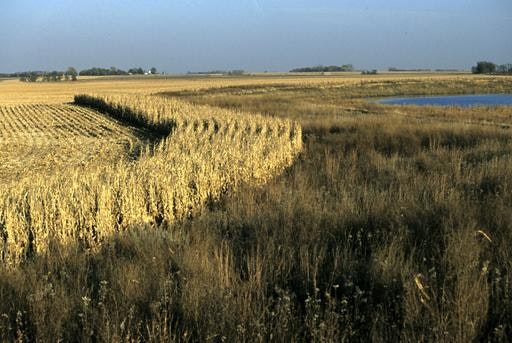What are SWCDs?

The Soil and Water Conservation Districts (SWCD’s) are political subdivisions of the State established under Minnesota Statue 103c. Each SWCD is governed by a board of elected supervisors.
There are 91 SWCD’s in Minnesota, providing 100% coverage of the state. There are at least one SWCD in each of the 87 counties, and a few of the larger counties have more than one.
The first SWCD in Minnesota was created in 1938 to encourage landowners to conserve soil and water resources. Statewide, 75% of Minnesota land are in private ownership. In agricultural regions, the number is quite often 95%.
SWCDs fill the crucial niche of providing land and water conservation services to owners of private lands. Managing private lands in a way promotes a sound economy and sustains and enhances natural resources is key to Minnesota’s environmental health. Private landowners trust SWCDs to provide needed technology, funding and educational services because they are established in each community, governed by local leaders and focused on conservation of local soil and water resources.
"Landowners across Minnesota count on SWCD technical assistance for installing conservation practices that protect the quality of Minnesota’s great treasure-our natural resources."
SWCDs work to reduce non-point source pollution to make Minnesota lakes and river fishable more swimmable. Non-point source (NPS) pollution is a term for polluted runoff. Water washing over the land whether from rain, car washing, or the watering of crops or lawns, pick up an array of contaminants, including oil and sand from roadways, agriculural chemicals from farmland, and nutrients and toxic materials from urban and suburban areas. This runoff find its way into our waterways, either directly or through storm drain collection systems. The term non-point is used to distinguish this type of diffuse pollution from point source pollution, which comes from specific sources, such as sewage treatments plants or industrial facilities.
